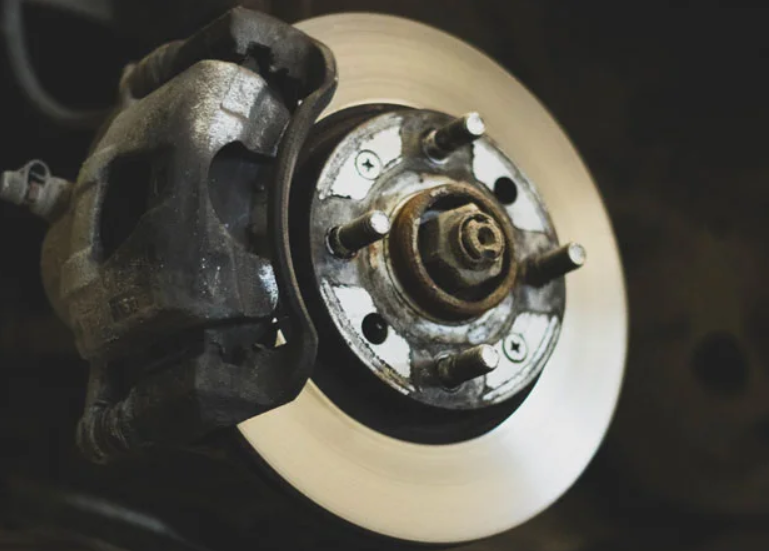The Viking Axe: A Symbol of Power and Precision
The Viking axe is one of the most iconic weapons associated with the Norse warriors of the Viking Age, which lasted from the late 8th to the 11th century. Known for its deadly efficiency and its craftsmanship, the Viking axe was more than just a tool of war; it was a symbol of status, strength, and identity for the Vikings. Whether used in battle or for everyday tasks, the Viking axe played a pivotal role in the lives of these seafaring people. In this article, we will explore the history, design, and significance of the Viking axe, as well as its enduring legacy in modern times.
The Origins and History of the Viking Axe
The Viking axe can be traced back to the early Viking Age, around the late 8th century. The Vikings were not only fierce warriors but also skilled craftsmen, and their axes reflected this expertise. Axes were relatively easy to produce compared to swords, which required more metal and greater skill. As a result, axes were more commonly used by Viking warriors, especially among those who could not afford the more expensive swords.
The Viking axe was not exclusive to warfare. In fact, it was a multipurpose tool that played an essential role in daily life. Vikings used axes for chopping wood, building ships, and even in agricultural activities. However, when it came to battle, the same axe could be adapted for lethal combat. This dual-purpose design made the Viking axe an indispensable part of Viking society.
Types of Viking Axes
There were various types of Viking axes, each serving different purposes based on the size and shape of the blade. The two primary types of axes used by Vikings were the Dane axe and the hand axe.
Dane Axe
The Dane axe was the most famous of Viking axes, known for its large, broad blade and long shaft, sometimes extending over five feet in length. It was primarily used in battle, and its design allowed for devastating strikes. The blade was typically crescent-shaped, and its length made it ideal for powerful overhead or sweeping attacks that could cut through armor and shields. Despite its size, the Dane axe was surprisingly lightweight, making it highly maneuverable in skilled hands.
The Dane axe became a symbol of high-ranking warriors, particularly the housecarls—elite soldiers who served the king or local lords. This type of axe was not just a weapon but also a mark of prestige, often adorned with intricate carvings and designs, reflecting the warrior’s status.
Hand Axe
In contrast to the Dane axe, the hand axe was smaller and more versatile. With a shorter handle, it could be wielded with one hand, allowing for faster and more precise strikes. Hand axes were common among ordinary Viking warriors and were favored for their practicality both in combat and in daily tasks.
Many Viking warriors carried multiple hand axes, using them as throwing weapons to disrupt enemy formations before engaging in close combat. These axes were often less ornate than the Dane axe, but they were no less effective in battle. The hand axe’s versatility made it an essential part of a Viking’s arsenal.
The Craftsmanship Behind the Viking Axe
The craftsmanship of the Viking axe was a testament to the skill of Norse blacksmiths. Axes were typically forged from iron, with the cutting edge often made from a harder steel to enhance sharpness and durability. This combination of materials allowed the blade to retain its edge while being strong enough to withstand the force of impact.
In addition to functionality, Viking blacksmiths also focused on aesthetics. Many axes were decorated with intricate engravings and designs, often featuring motifs from Norse mythology. These embellishments not only added to the visual appeal of the weapon but also served as symbols of protection or power, invoking the favor of the gods in battle.
Handles were usually made from wood, such as ash or oak, and were designed to be lightweight yet sturdy. Some axes featured metal reinforcements near the head to prevent the handle from splitting during combat. The balance between the axe head and the handle was crucial, as it affected the weapon’s accuracy and ease of use.
The Symbolism of the Viking Axe
The Viking axe was more than just a tool of war; it held deep symbolic meaning in Viking culture. In many ways, the axe represented the strength and resourcefulness of the Viking people. It was a weapon that could be wielded by anyone, from a humble farmer to an elite warrior, and its practicality made it a central part of Viking life.
In battle, the Viking axe was a symbol of ferocity and dominance. Viking warriors believed that their weapons were an extension of themselves, and the axe, with its ability to cleave through shields and armor, embodied the Viking spirit of conquest. It also reflected the Viking belief in fate and destiny, as the axe was often seen as a tool to bring about a warrior’s glorious death in battle, granting them entry into Valhalla.
Even in burial practices, the Viking axe played a role. High-status individuals were often buried with their axes, signifying their importance in life and their readiness for the afterlife. These grave goods were believed to serve the deceased in the afterlife, where they would continue their existence as warriors.
The Legacy of the Viking Axe in Modern Times
Today, the Viking axe continues to captivate the imagination of people around the world. It has become a symbol of Viking heritage and is often featured in popular culture, from movies and television shows to video games. Reenactments of Viking battles frequently showcase the Viking axe, with enthusiasts using historically accurate replicas to demonstrate its power and versatility.
In addition to its presence in popular culture, the Viking axe has also inspired modern axe designs. Many contemporary axe makers draw inspiration from the shape and craftsmanship of Viking axes, creating tools that honor this ancient weapon’s legacy.
Conclusion
The Viking axe is a remarkable symbol of Viking strength, craftsmanship, and identity. Whether used in battle or daily life, it was a tool that defined the Viking experience. Its enduring legacy, both as a historical artifact and a modern cultural icon, speaks to the profound impact the Vikings had on the world. The Viking axe, with its lethal precision and symbolic power, continues to be a fascinating subject of study and admiration for historians, enthusiasts, and anyone intrigued by the legendary Norse warriors.










